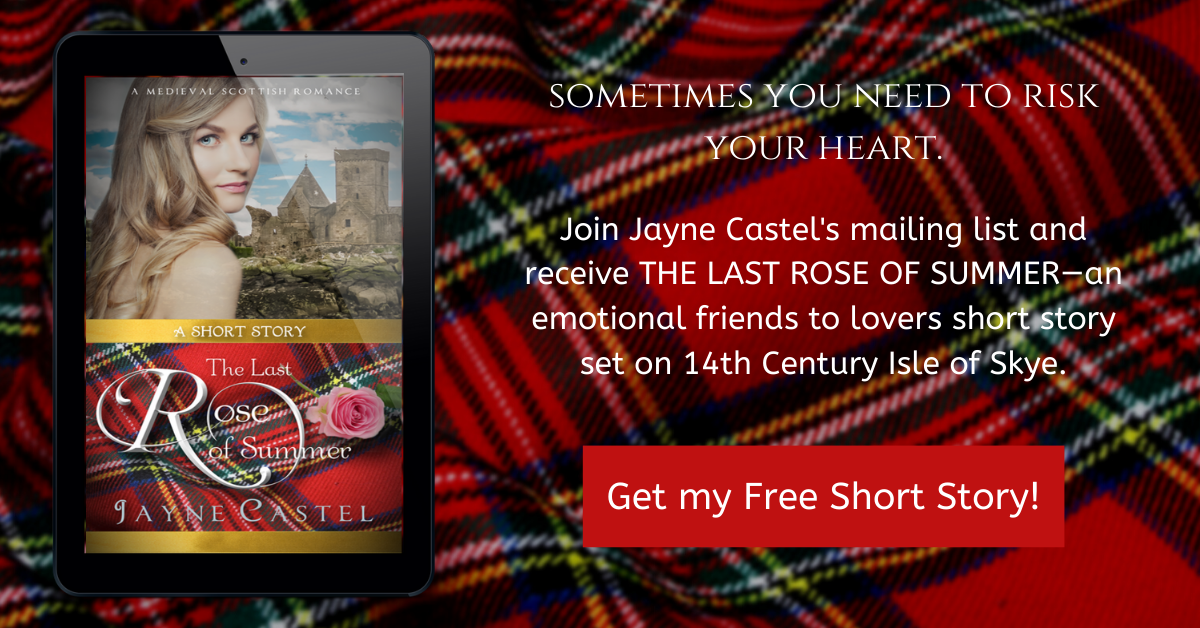Great news - THE BREAKING DAWN has just come a step closer to publication! I've finished writing the manuscript and am now going through the editing process.
Calling it the 'editing process' makes the whole thing sound more painless than it actually is. Editing requires taking a hard look at the story you've created and, with the help of a talented editor, unraveling what works and what doesn't - and making the necessary changes.
It usually involves a few tears.
Every book is different. In one, the edits might be centered around the plot, in another conflict or characterization.
The majority of the edits in THE BREAKING DAWN are hinging on the latter: the characters.
A Welsh prince with an identity crisis
I've based my hero in THE BREAKING DAWN on an actual historical figure: Cynddylan ap Cyndrwyn - the Prince of Powys. Quite a mouthful I know, but basically Cynddylan (or Dylan as he's called mostly in my story), was a 7th Century Welsh prince who famously allied himself with the Kingdom of Mercia.
I initially drew Cynddylan as an arrogant flirt who, despite the fact he was a great warrior, hated war. Then, I wondered why he just wasn't working. Once I dug a little deeper into history, I discovered that the Prince of Powys had a fiery temper, was stubborn, and had a ruthless streak.
Unsurprisingly, once I reworked him using these details, Cynddylan came to life.
We don't have many historical details about Prince Cynddylan, although more than some of the other rulers of the time. Most of the details about him come from two famous poems: Marwnad Cynddylan (The Deathsong of Cynddylan) and the Canu Heledd (Heledd's lament), a 9th century poem in which his sister sings of her brother's death. Both are hauntingly beautiful, if grim, poems.
In a nutshell, here's what my research unearthed about Cynddylan:
- He wore a mail shirt and purple cloak
- He was fiery, stubborn, brave and ruthless - a great warrior
- He went to battle alongside King Penda of Mercia, against the Northumbrian King, Oswald, bringing 700 warriors with him. They fought together in the Battle of Maserfield (Maes Cogwy in Welsh), in the summer of 641 A.D. The battle ended with Oswalds defeat, death and dismemberment
- He died fairly young in battle and never married (I ignore this detail - it's a romance after all!)
- He had 9 sisters and 12 brothers (I also ignore this detail - for the sake of the story - preferring to shrink the family to one sister, Heledd, and one brother, Morfael)
- After the Battle of Maserfield, Cynddylan appears to have fallen out with Penda
- Details around Cynddylan's death are hazy - he may have fought (and died) alongside Penda again at the Battle of Winwaed in circa 655 A.D. (We don't get this far in the novel - I prefer to leave Dylan's future open, for the reader to decide...)
(Welsh actor, Ioan Gruffudd)
Watch this space for news on the actual publication date!
Would you like to read one of Jayne's historical romances for free?
Sign up to Jayne's monthly newsletter and receive a FREE copy of NIGHT SHADOWS (PDF format). Newsletter subscribers will also get sneak previews of upcoming novels, behind the scenes 'extras', snippets about Anglo-Saxon England, and podcasts from Jayne!

